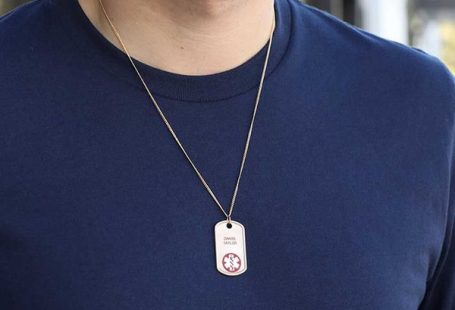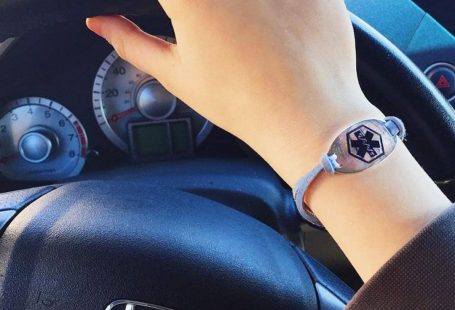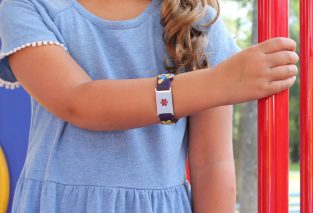Along with the holiday season comes one of the busiest travel times of the year. If, like millions of other people, you’re on the move over the holiday season, having the right medical ID is crucial and can save your life in the event of an emergency.
Here’s a quick rundown on medical IDs to wear while traveling, modern alternatives to the traditional ID, and some other travel advice to make your trip a breeze.
Traditional Medical IDs
Traditional medical ID options include bracelets and necklaces for men, women, and children. Formal and informal options are available that range from fine jewelry to sporty options. There’s a suitable option for every kind of holiday gathering.
Information to includes chronic medical conditions, especially those that can cause you to lose consciousness like diabetes or seizures; major allergies to drugs, food, or stinging insects; and emergency contact information.
Any major surgical implants like a pacemaker or spinal cord stimulator, skin sensitivities, or medications such as EpiPens or blood thinners should also be listed.
Other Types of Medical IDs
If you already wear an Apple watch or other smartwatch, consider purchasing an Apple Watch Slide, which fits seamlessly onto your existing watchband and simplifies the amount of jewelry that you need to wear.
Charms and IDs can fit easily onto an existing bracelet or key ring and draw attention to a card in your wallet that offers more extensive history.
Phone IDs are a phone case with an attached engravable medical ID that eliminates the need to wear another piece of jewelry.
If you prefer to digitize their health information, check out my MyIHR, a secure online health record. MyIHR allows you to combine information about your health conditions, medications, allergies, and emergency contact information in one convenient location. The included wallet card provides a link & QR code for first responders to scan and review your medical information.
Other Travel Advice
Always inform trusted emergency contacts about your travel details, including your expected itinerary and arrival and departure times. Inform them when you arrive and leave each destination.
Bring your medications in your carry-on, and always bring more medication than you anticipate needing. Don’t put your medication in a checked bag where it might be misplaced. In the United States, the TSA generally requires airlines to allow customers to travel with medical devices and mobility aids at no extra charge.
Being prepared makes traveling with a health condition easy. Make your travel plans today, get your medical ID, and go see your family for the holidays without worry!







